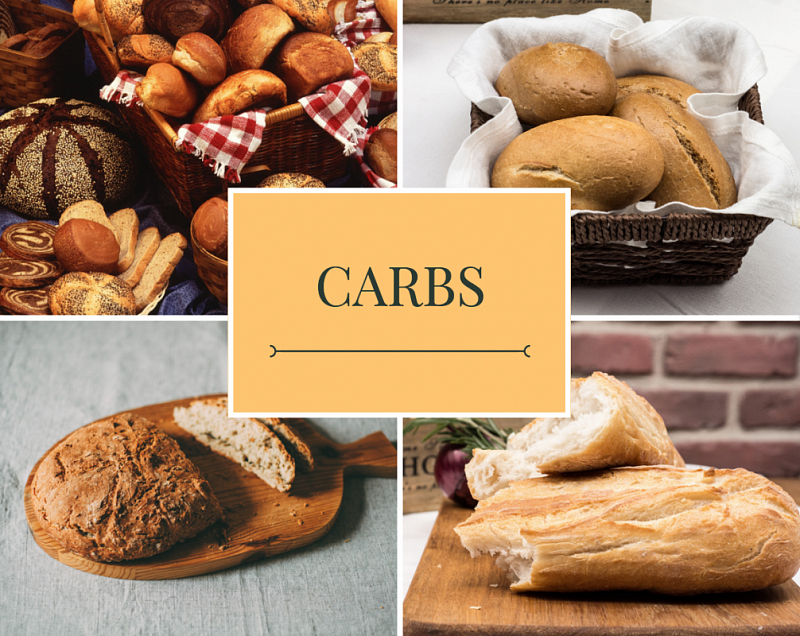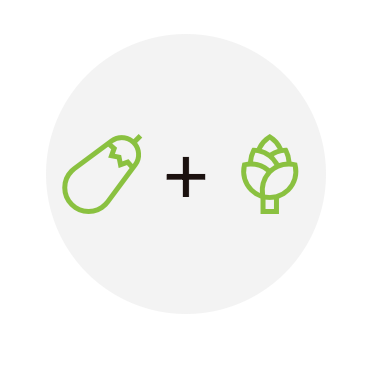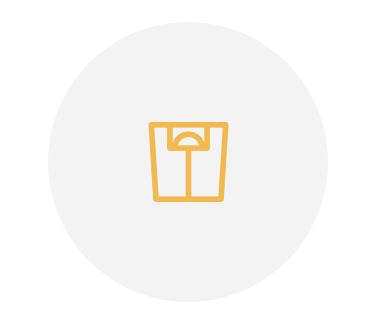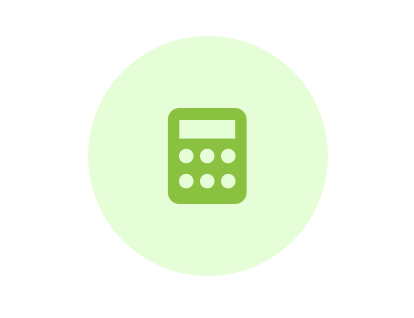
In the molecules of carbohydrates for every carbon atom there are, proportionally, two atoms of hydrogen and one of oxygen (like water has two H and one O). That is where the name comes from – carbohydrates, although later carbohydrates with different compounds were discovered.
Among the simplest representatives of this class of nutrients are glucose and fructose, which differ just by the placement of atoms inside the molecule. When combined they form normal sugar. Similar simple carbohydrates, called mono- and disaccharides, easily dissolve in water and have sweet taste. Further on we will call them “sugars”.
Among more complex carbohydrates are, for example, starches. They consist of chains of hundreds glucose molecules. Starches cannot be dissolved in water.
Glucose also constitutes giant tissues of vegetable cells – cellulose. Unlike simpler carbohydrates, cellulose cannot be digested by humans.
Plants are the main source of carbohydrates. All cereals, beans and potatoes contain lots of starch. Other vegetables and fruits mostly contain sugars. Honey is made almost completely of sugars. Animal products, except milk, almost do not contain carbohydrates.
Digestible carbohydrates are the main source of our energy. They are burnt almost for 100% without forming any toxins. In the process of digestion carbohydrates break down into glucose that goes to the liver. There is a significant part of sugar that is reserved in the form of animal starch – glycogen, but a considerable amount of glucose is delivered to the blood flow. Its further transformations depend on a person’s weight and the quantity of his fat reserves.
In healthy thin adults glucose is used directly as a fuel for obtaining energy. When all glucose has been consumed, the organism starts getting fat from the fat reserves and is reprogrammed for consuming fats. Glycogen reserves are saved for an emergency and are also used for nutrition of nerve system and muscles. After a new meal, the concentration of glucose in one’s blood increases again and insulin is produced; the organism stops using fats and starts burning glucose again. Any excess of glucose is transformed into fat under the effect of insulin.
Let’s memorize this order: after eating, glucose is delivered to the blood, the organism oxides glucose, the excesses are turned into fat. You can clearly distinguish between two types of energy here: the day one, based on the carbohydrates received with food, and the night one, based on the fat reserves made throughout a day.
But if a person has 5 or more kilograms of excessive weight, everything happens in a different way. Overweight individuals have a constant excess of fatty acids in their blood flows, both at night and during the day. Even after eating, when the blood is saturated with glucose, tissues still continue to use fats, as the glucose cannot be burnt in a normal way because of the high concentration of fats. When V.M. Dilman described this phenomenon in [15], he called it the “fat block”, meaning that an excess of fat in a human body can hamper effective carbohydrate metabolism. Just imagine, even pure sugar eaten by an overweight person has to be turned into fat before it will be possible to use it.
But in the end carbohydrates remain the main component of our diet. There are actually almost no “norms” here. If you do not overeat protein and fat concentrates, as well as sugars, and also try to consume mostly nutritious products and control your hunger, the organism (if it is not sick) is perfectly able to regulate the carbohydrate metabolism on its own.
Text: from the book of A Eddar "The treatise of nutrition".


 en
en  ru
ru 
















Combinefood
Your comment has been sent for moderation!
Next